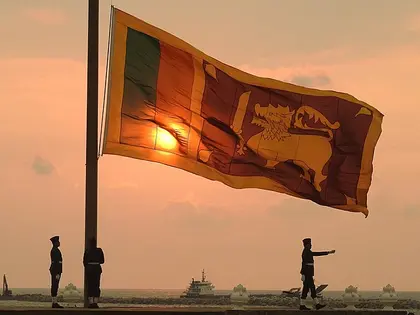Despite large state deficit, Ukraine pays only Hr.30 billion ($760 million) to compensate for the interest rate of its “5-7-9%” loans. The “5-7-9%” credit program entails reduced interest rate loans through state compensation of interest rates to the level of 5, 7 and 9 percent per annum for loans in national currency.
After Russia’s full-scale invasion of Ukraine “5-7-9%” loans became the key tool for business to get financing inside the country.
Last week, banks gave almost 800 loans under this program – for a total Hr.3.7 billion ($94 million). Ukraine’s state banks are key players. They gave more than 500 loans for a total of Hr.1.5 billion ($38 million) for entrepreneurs, according to the Ministry of Finance’s statistics.
The trends are the same for more than the last two years. Since the start of martial law, business borrowed more than Hr.200 billion ($5 billion), out of which Hr.108 billion (almost $3 billion) from the state banks.
The reason for such popularity lies in the risk policy. State banks in Ukraine are more comfortable than Western banks’ subsidiaries, which are risk averse, when it comes to giving credit to enterprises close to the frontline and in areas that are constantly shelled, such as Kherson or Mykolaiv. SMEs there are thirsty for financing.
Businesses need cash mostly for working capital and rebuilding the facilities after Russia’s attacks. Other loans are for agriculture, investment, and credits for high-risk war zones.

Other Topics of Interest
Sri Lankan Authorities Urge Russian, Ukrainian Nationals to Formally Extend Visas or Face Deportation
The visa extension came into force after Russia’s invasion of
Ukraine, and allowed the nationals of the two nations to extend the visa for free and stay locally until Feb. 22,
2024.
A month after Russia’s invasion, “5-7-9%” became a savior for Ukraine’s retail sector. The state-supported financing helped them sustain food supplies in supermarkets and evade a possible food crisis. The borrowers included Ukraine’s biggest supermarket chains: Novus, Tavria-B (Odessa), Varus, and Rukavychka (Western Ukraine).
The program got its name from below-the-market interest rates at 0, 5, 7, and 9 percent. Launched as president Volodymyr Zelensky’s initiative of affordable financing for SMEs in 2020, it created a contrast for market interest rates of more than 10 or almost 20 percent. It also saved small enterprises during COVID, helping them to get affordable loans to cover losses from the pandemic.







